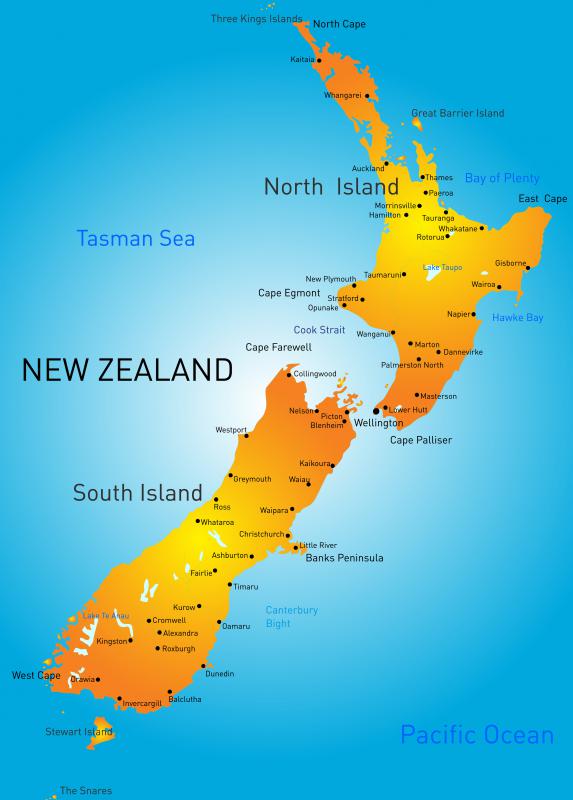At WiseGEEK, we're committed to delivering accurate, trustworthy information. Our expert-authored content is rigorously fact-checked and sourced from credible authorities. Discover how we uphold the highest standards in providing you with reliable knowledge.
What is Hebe?
Hebe is a genus of flowering shrubs and trees in the plantain family, Plantaginaceae. There are about 90 species native to New Zealand, the Falkland Islands, and South America, with one species, H. rapensis, growing only on the island of Rapa in French Polynesia. All other species are present in New Zealand, making Hebe the largest genus in the country.
Named after the Greek goddess of youth, Hebe is a popular plant in gardens and parks, grown for its beautiful flowers and its ability to attract butterflies. Plants in this genus prefer moist soil, are easy to grow from seeds or cuttings, and are available in many cultivated hybrids. All species must be protected from frost, especially when young.

Many Hebe species grow only on New Zealand. These include H. acutiflora, or Northland River Koromiko, H. diosmifolia, and H. albicans, which grows in mountainous areas and features small white flowers. H. barkeri is also limited to New Zealand, where it is vulnerable due to habitat loss. H. breviracemosa is another rare species, native to Raoul Island. Once believed to be extinct due to invasive weeds and predation by goats, H. breviracemosa was recently discovered to have a few surviving members, and conservation efforts are now underway.
H. epacridea is a white flowered shrub growing only at high altitudes on the South Island of New Zealand. H. hulkeana is also limited to the South Island. It grows in rocky soil, and features light mauve flowers and dark green leaves.
H. pimeleoides, with greyish leaves and lilac flowers, has a similar habitat to H. epacridea and H. hulkeana. H. recurva looks very similar to H. pimeleoides and shares its habitat, but its flowers are white. H. salicifolia, commonly called koromiko or willow-leaf hebe, is also endemic to South Island, and features greyish leaves and white to light purple flowers.
Other species growing only in New Zealand include H. ochracea, H. stricta, and H. traversii. H. odora is another New Zealand shrub, commonly called boxwood hebe or mountain-box, and featuring small white flowers. H. speciosa, also known as New Zealand hebe, showy hebe, and showy-speedwell, is one of the most popular ornamental varieties, valued for its dense light pink to magenta flowers. H. elliptica, featuring white to mauve flowers, has a wider range than most members of the genus, growing in parts of New Zealand, the Falkland Islands, Chile, and Tierra del Fuego.
AS FEATURED ON:
AS FEATURED ON:











Discuss this Article
Post your comments